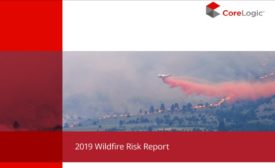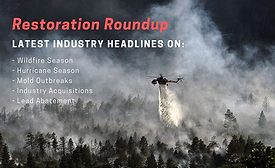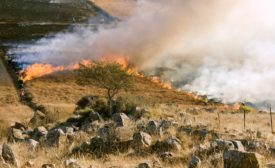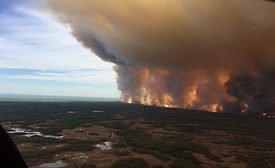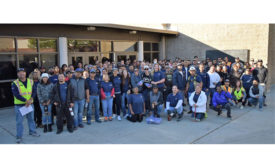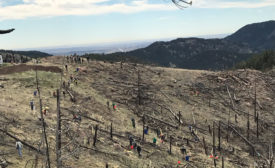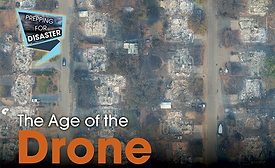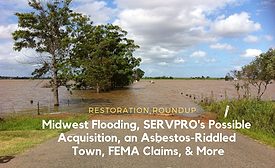Home » wildfire damage restoration
Articles Tagged with ''wildfire damage restoration''
Restoration Roundup: Latest Headlines Affecting OUR Industry | August 2019
Hurricane and wildfire season, mold outbreak, lead abatement, and more.
August 14, 2019
Interstate Restoration joins tree-planting event
CEO Stacy Mazur helps celebrate Earth Day in Boulder
April 23, 2019
Restoration Roundup: Deadly Flooding, SERVPRO's Possible Acquisition, Asbestos-Riddled Town, & More | 3.20.19
The latest headlines affecting the restoration industry.
March 20, 2019
Stay ahead of the curve with our eNewsletters.
Get the latest industry updates tailored your way.
JOIN TODAY!Copyright ©2025. All Rights Reserved BNP Media.
Design, CMS, Hosting & Web Development :: ePublishing

